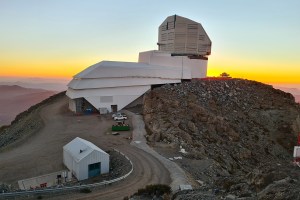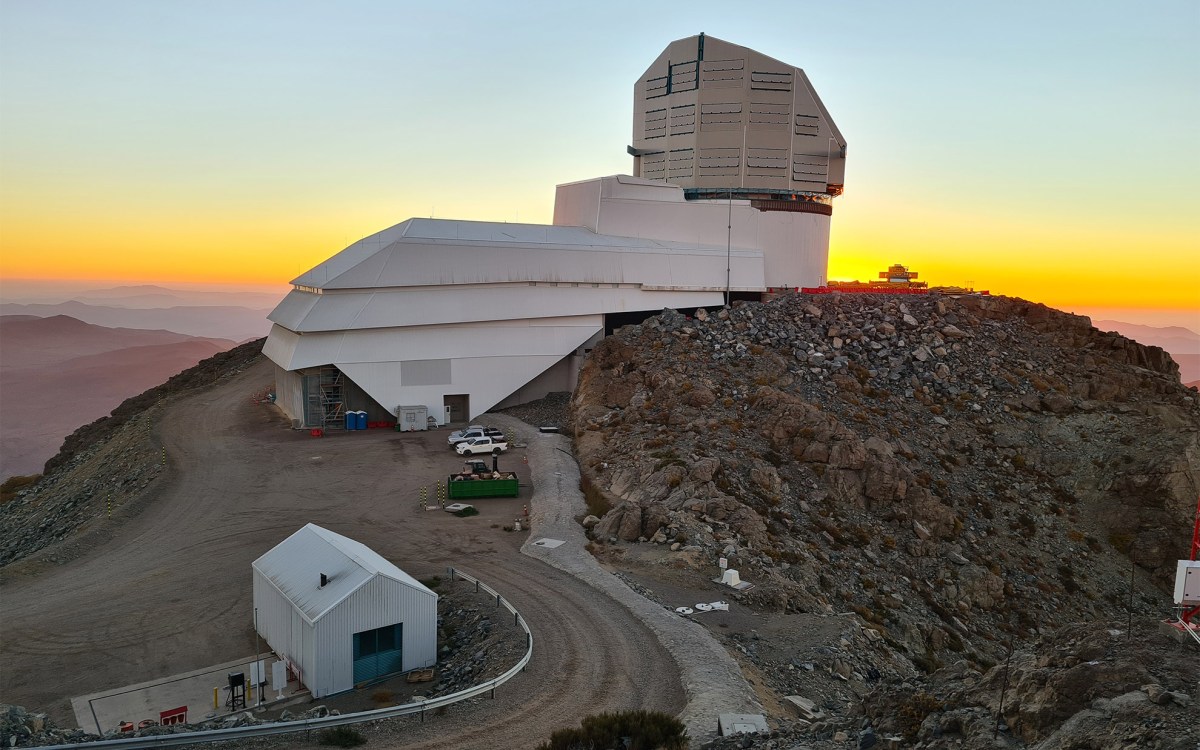J. Craig Venter named visiting scholar
Visionary intellectual entrepreneur joins Origins of Life Initiative
J. Craig Venter, the visionary biologist and intellectual entrepreneur who was a leading figure in the decoding of the human genome, will join Harvard University as a visiting scholar at the University’s Origins of Life Initiative.
Venter, who left his last academic post in 1982, is founder and president of the J. Craig Venter Institute. He accepted the one-year appointment last week (Feb. 22). It starts March 1.
Venter’s decision came after several months of discussions with Harvard scholars pursuing the same goals that he is: exploring life’s diversity in its fullest and creating true artificial cells. Venter envisions man made cells as templates for specific tasks, including stripping excess CO2 out of the atmosphere or creating next-generation biofuels. “Synthetic genomics will be the standard for mostly anything,” he said in a recent interview.
“The Harvard Origins team is excited that Craig Venter is getting involved in our research effort,” said Dimitar D. Sasselov, director of the Origins of Life Initiative and a Harvard professor of astronomy. “Craig is a pioneer and a visionary whose creative energy will aid our common long-term goals.”
Harvard Provost Steven E. Hyman said, “Having Craig Venter, a creative pioneering scientist from outside the Harvard community, engaged with the Origins of Life Initiative speaks volumes about the creative, scientific value of this highly unusual effort. I look forward to exciting and significant outcomes from this collaboration.”
Venter taught at the State University of New York at Buffalo from 1976 to 1982, worked at Roswell Park Cancer Institute in Buffalo, and in 1983 signed on as a researcher at the National Institutes of Health. By 1992, he was directing a high-energy, unconventional non-profit research institute – The Institute for Genomic Research (TIGR) – in Maryland.
While at TIGR in 1995, Venter sequenced a bacteriophage virus made of 5,386 base pairs. It was a tiny structure, in genetic terms, but the methodologies he pioneered then accelerated his 1999-2000 race with federal researchers to sequence the human genome.
Last June, Venter published his work on novel genome transplantation methods that make it possible to change one bacterial species to another.
A few months later, in September, he became the first human to have his entire diploid genome decoded. The 61-year-old Venter quickly made the 6 billion-letter code part of the public record. The personal genome of this California ex-surfer and Vietnam War medic — spread throughout 100 trillion cells — revealed, among other things, an increased risk of Alzheimer’s, cardiovascular disease, and antisocial behavior.
This January, researchers under Venter’s direction created the first synthetic bacterial genome based on Mycoplasma genitalium JCVI-1.0. It’s the largest manmade DNA structure to date, created from 582,970 DNA base pairs.
The elegance of both the small and the grandly large are included in the sweep of Venter’s imaginative work. In 2005, he employed his rapid (and once controversially novel) whole-genome shotgun sequencing method in the open sea searching for new microbial species.
In the Sargasso Sea alone, in a marine area off Bermuda once thought to be biologically arid, Venter’s team discovered 1.2 million new genes and 1,800 new species of microbes — doubling the number of known species.
Armed with this new information from the Sargasso Sea, Venter and his team embarked on their three-year Global Ocean Sampling Expedition, aboard the 95-foot sloop Sorcerer II. It uncovered more than 6 million new genes and thousands of protein families. Prominent conservation biologist E.O. Wilson, Harvard’s Pellegrino University Professor Emeritus, was on the advisory board for the Sorcerer II explorations — which Venter hopes was a first step in the creation of a large-scale catalog of all the genes of Earth.
In an echo of Venter’s own work, Harvard and four partner institutions in 2007 realized one of Wilson’s intellectual dreams by creating an Encyclopedia of Life. It’s a project to document online every one of Earth’s 1.8 million known non-microbial species, including each organism’s genome.
Venter will help explore “the big questions that lie beyond the horizon of the current successes in synthetic genomics and synthetic biology,” said Sasselov. “I am confident that this research is going to teach us things we never imagined about life’s place in the cosmos.” With Venter, he added, “we realized we have common interests in thinking beyond synthetic genomics.”
Venter, Sasselov, and four other scientists met last August in rural Connecticut at a private conference organized by the Edge Foundation, a nonprofit whose mission is to encourage public intellectuals who cross disciplinary boundaries to explore important questions. “Life: What a Concept” was the framework for Harvard’s first discussions with Venter.
One of the six invited scientists was synthetic biology pioneer and Origins of Life Initiative team member George Church, a professor of genetics at Harvard Medical School and director of the University’s Center for Computational Genetics. He sees the cell as a computer-like operating system built from “bio-bricks” — a concept that fits nicely with Venter’s own interest in creating an artificial cell.
Central to this research too is Origins Initiative founding team member Jack Szostak, a professor of genetics at Harvard Medical School and 2006 Lasker Award winner.
In 2007, Time magazine named Venter one of the world’s 100 most influential people.
The J. Craig Venter Institute, founded in 2006 and based in Maryland and California, consolidated four Venter-created institutes: The Center for the Advancement of Genomics; The Institute for Genomic Research; the J. Craig Venter Science Foundation; and the Institute for Biological Energy Alternatives.
One of the most important frontiers of genomics is energy, Venter said recently. He’s exploring alternatives “to taking carbon out of the ground, burning it, and putting it into the atmosphere.”





